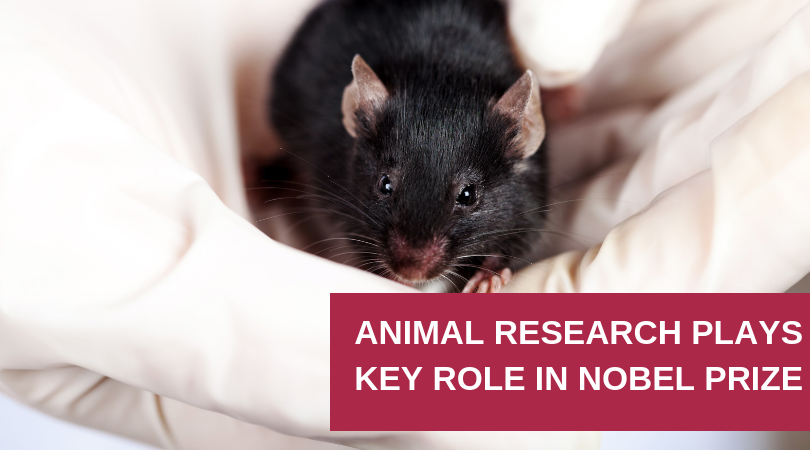Animal Research Plays a Key Role in 2017 Nobel Prize
Posted on by Eugene Marino, Marketing Manager
The Nobel Prize in Physiology or Medicine is awarded annually for outstanding discoveries in the fields of life sciences and medicine that benefit humankind.
This year, the prize was awarded jointly to three Americans—Michael Rosbash, Jeffrey C. Hall, and Michael W. Young—for their discoveries of molecular mechanisms controlling the circadian rhythm, the internal biological clock that regulates critical functions such as behavior, hormone levels, sleep, body temperature and metabolism.
 Rosbash, Hall, and Young studied fruit flies to learn more about how living organisms adapt their biological rhythms to the rotation of our planet, and were able to isolate the gene that controls the normal daily biological rhythm. They were also able to better understand the accompanying cellular process, which includes an accumulation of protein during the night, and a gradual degradation of that protein during the day.
Rosbash, Hall, and Young studied fruit flies to learn more about how living organisms adapt their biological rhythms to the rotation of our planet, and were able to isolate the gene that controls the normal daily biological rhythm. They were also able to better understand the accompanying cellular process, which includes an accumulation of protein during the night, and a gradual degradation of that protein during the day.
The biological clock is involved in several aspects of human health, including blood pressure, feeding behavior, hormone release, the immune system, and sleep patterns. Studies have shown that the disruption of circadian rhythm increases the risk of cancer, diabetes, obesity, and heart disease, so a more complete understanding of how circadian rhythms work can have applications in treating those conditions.
Disruption of the sleep-wake cycle has also been linked to mood disorders, depression, and anxiety, and is a common symptom of Alzheimer’s and dementia. A close study of circadian rhythm disturbances could lead to earlier diagnosis or better treatment of those conditions.
In addition to the important implications for treatment and diagnosis, the award highlights the importance of animal research in making breakthroughs in scientific research. According to the Foundation for Biomedical Research, of the 108 award recipients of Nobel Prize in Physiology or Medicine since its inception in 1901, 96 used animal models in their research.